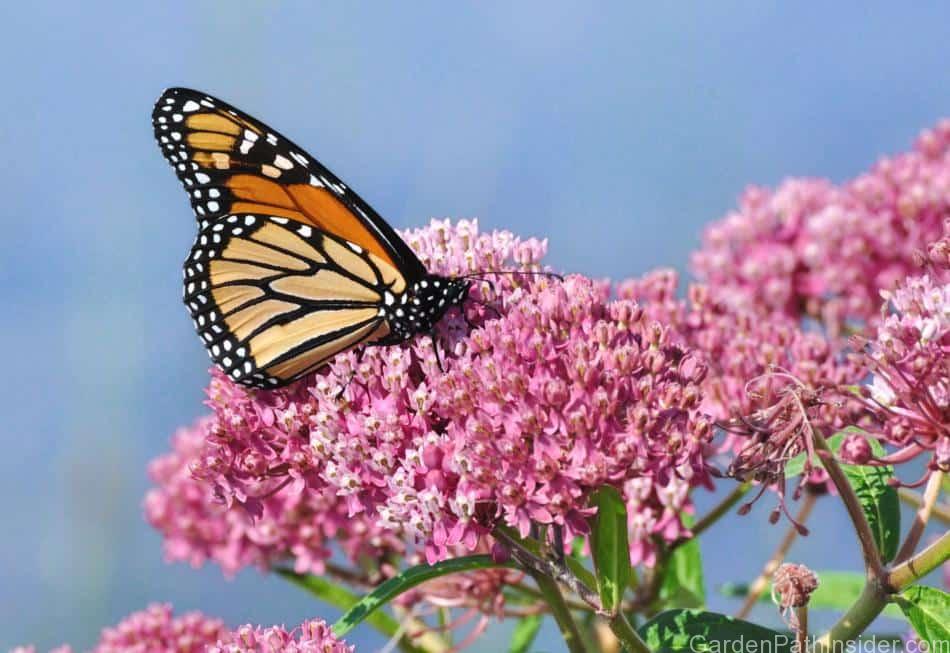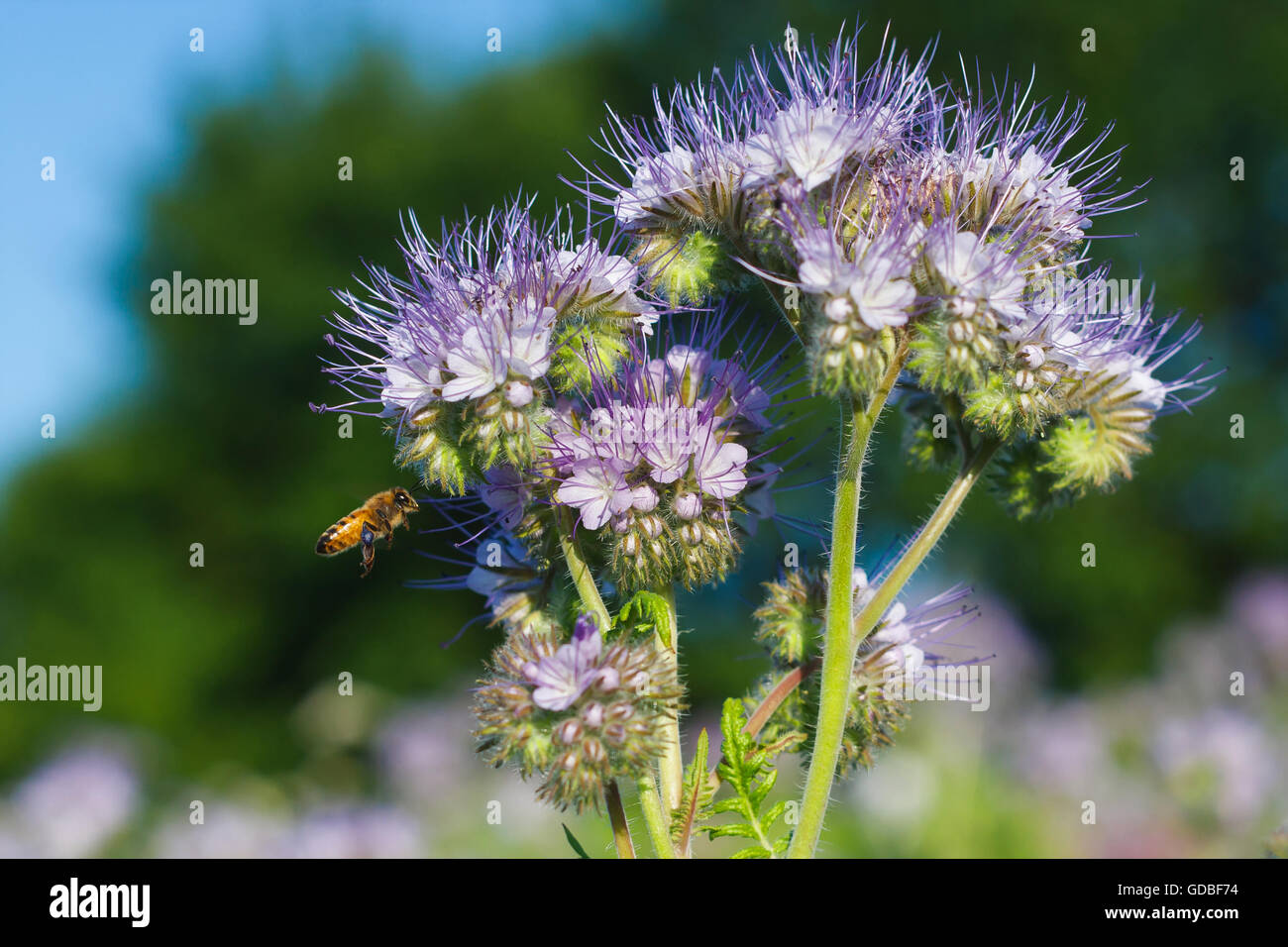How to Attract Butterflies: Best Plants for a Vibrant Garden

Imagine stepping into your garden and being greeted by a fluttering symphony of colors. Butterflies, with their delicate wings and graceful dance, can transform any outdoor space into a magical haven. But how do you attract these beautiful creatures? The secret lies in choosing the best plants for attracting butterflies. Let's dive into the world of butterfly-friendly plants and discover how to create a garden that's not just beautiful, but also a thriving butterfly habitat.
Understanding Butterfly Habits
Before we explore the best plants for attracting butterflies, it's important to understand their habits. Butterflies are drawn to nectar-rich flowers, which provide them with the energy they need to fly and reproduce. They also need host plants where they can lay their eggs and where their caterpillars can feed. Creating a butterfly garden that meets these needs is key to attracting and sustaining a diverse range of species.
Best Plants for Attracting Butterflies
Nectar-Rich Flowers
Nectar-rich flowers are the lifeblood of a butterfly garden. These flowers provide the essential sugars that butterflies need to survive. Some of the best nectar-rich flowers include:
Butterfly Bush (Buddleja davidii): Known for its long, cone-shaped clusters of flowers, the butterfly bush is a magnet for butterflies. Its sweet nectar attracts a variety of species, making it a must-have in any butterfly garden.
Coneflower (Echinacea): With its vibrant colors and daisy-like appearance, the coneflower is not only beautiful but also a great source of nectar. It's particularly attractive to swallowtails and painted ladies.
Aster (Aster spp.): Asters come in a variety of colors and sizes, making them a versatile addition to any garden. Their nectar is a favorite among many butterfly species, including monarchs and fritillaries.
Host Plants
While nectar-rich flowers are essential for adult butterflies, host plants are crucial for their life cycle. These plants provide food for caterpillars and a place for butterflies to lay their eggs. Some of the best host plants include:
Milkweed (Asclepias spp.): Milkweed is the sole host plant for monarch butterflies. Its leaves provide food for monarch caterpillars, and its flowers offer nectar for adult butterflies.
Parsley (Petroselinum crispum): Parsley is a favorite host plant for swallowtail butterflies. Its leaves are a tasty treat for caterpillars, and its flowers provide nectar for adult butterflies.
Dill (Anethum graveolens): Dill is another excellent host plant for swallowtail butterflies. Its feathery leaves are a favorite food for caterpillars, and its small flowers offer nectar for adult butterflies.
Creating a Butterfly Garden
Creating a butterfly garden is about more than just choosing the right plants. It's about creating a habitat that meets all the needs of butterflies. Here are some tips for creating a butterfly garden:
Choose a Sunny Location
Butterflies are cold-blooded creatures, which means they need the sun to warm their bodies. Choosing a sunny location for your butterfly garden will ensure that butterflies have a warm place to rest and feed.
Provide Shelter
Butterflies need shelter from wind and rain. Planting tall grasses and shrubs can provide the shelter they need. You can also create a butterfly house, which offers a safe place for butterflies to rest and hide from predators.
Add a Water Source
Butterflies need water to survive. Adding a shallow dish of water or a birdbath to your garden can provide the water they need. You can also create a mud puddle, which butterflies use to extract minerals from the soil.
Avoid Pesticides
Pesticides can be harmful to butterflies and other pollinators. Avoid using pesticides in your garden, and opt for natural pest control methods instead. This will ensure that your garden is a safe and healthy habitat for butterflies.
Attracting Pollinators Beyond Butterflies
While butterflies are the star of the show, creating a garden that attracts a variety of pollinators can benefit your entire ecosystem. Bees, hummingbirds, and other pollinators play a crucial role in plant reproduction and can help your garden thrive.
Bee-Friendly Plants
Bees are essential pollinators, and they love nectar-rich flowers just as much as butterflies do. Some of the best bee-friendly plants include:
Lavender (Lavandula spp.): With its fragrant flowers and vibrant color, lavender is a favorite among bees. Its nectar is a great source of food for bees, and its flowers provide a beautiful addition to any garden.
Sunflower (Helianthus annuus): Sunflowers are not only beautiful, but they're also a great source of nectar for bees. Their large flowers provide a landing pad for bees, making it easy for them to collect nectar.
Bee Balm (Monarda didyma): Bee balm is a favorite among bees and hummingbirds alike. Its vibrant flowers provide a great source of nectar, and its fragrant leaves offer a tasty treat for caterpillars.
Hummingbird-Friendly Plants
Hummingbirds are another important pollinator, and they love nectar-rich flowers just as much as butterflies and bees do. Some of the best hummingbird-friendly plants include:
Trumpet Vine (Campsis radicans): With its vibrant orange flowers and trumpet-shaped blooms, the trumpet vine is a favorite among hummingbirds. Its nectar is a great source of food for hummingbirds, and its flowers provide a beautiful addition to any garden.
Honeysuckle (Lonicera spp.): Honeysuckle is a favorite among hummingbirds and butterflies alike. Its fragrant flowers provide a great source of nectar, and its vines offer a safe place for butterflies to rest and hide from predators.
Salvia (Salvia spp.): Salvia is a favorite among hummingbirds and bees alike. Its vibrant flowers provide a great source of nectar, and its fragrant leaves offer a tasty treat for caterpillars.
Conclusion
Creating a garden that attracts butterflies is a rewarding experience. By choosing the best plants for attracting butterflies and creating a habitat that meets their needs, you can transform your outdoor space into a vibrant and thriving ecosystem. Whether you're a seasoned gardener or a beginner, there's always more to learn about the fascinating world of butterflies. So, why not start today? Plant some nectar-rich flowers, add some host plants, and watch as your garden comes to life with the fluttering beauty of butterflies.
FAQs
What are the best nectar-rich flowers for attracting butterflies? Some of the best nectar-rich flowers for attracting butterflies include the butterfly bush, coneflower, and aster. These flowers provide the essential sugars that butterflies need to survive.
What are host plants, and why are they important? Host plants are crucial for the life cycle of butterflies. These plants provide food for caterpillars and a place for butterflies to lay their eggs. Some of the best host plants include milkweed, parsley, and dill.
How can I create a butterfly garden? Creating a butterfly garden involves choosing the right plants, providing shelter, adding a water source, and avoiding pesticides. By meeting the needs of butterflies, you can create a thriving habitat for these beautiful creatures.
What other pollinators can I attract to my garden? In addition to butterflies, you can attract bees and hummingbirds to your garden. Bee-friendly plants include lavender, sunflower, and bee balm, while hummingbird-friendly plants include trumpet vine, honeysuckle, and salvia.
Why is it important to avoid pesticides in my garden? Pesticides can be harmful to butterflies and other pollinators. By avoiding pesticides and opting for natural pest control methods, you can ensure that your garden is a safe and healthy habitat for these important creatures.


0 Response to "How to Attract Butterflies: Best Plants for a Vibrant Garden"
Post a Comment